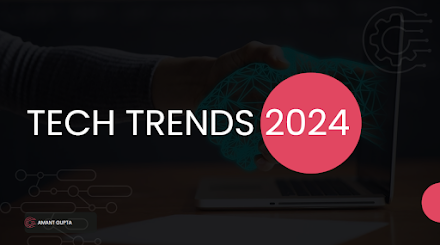Understanding Sales or Marketing Funnels
A sales or marketing funnel is a visual representation of the customer journey from the moment they first become aware of your product or service to the point where they make a purchase decision. It's a strategic framework that helps businesses map out the various stages a potential customer goes through and tailor their marketing efforts accordingly. A well-designed funnel can improve conversion rates, boost sales, and enhance customer retention.
Stages of a Sales or Marketing Funnel:
Awareness Stage:
- At the top of the funnel, the goal is to generate awareness about your brand, product, or service.
- Reach your target audience through channels like social media, blog posts, podcasts, videos, and online ads.
- Offer valuable and engaging content that addresses your audience's pain points or interests.
Interest Stage:
- In this stage, potential customers show interest in your offering and seek more information.
- Provide detailed content such as ebooks, webinars, guides, and case studies to showcase the benefits of your product.
- Capture leads by encouraging visitors to sign up for newsletters or download resources.
Consideration Stage:
- At this point, leads are evaluating your product or service and comparing it to alternatives.
- Offer in-depth information, product demos, and user reviews to help them make an informed decision.
- Implement retargeting strategies to remind potential customers of your offering and its value.
Decision Stage:
- This is where leads are ready to make a purchase decision.
- Provide compelling incentives, such as limited-time offers, discounts, or free trials, to encourage conversion.
- Ensure a seamless and user-friendly purchasing process.
Action Stage:
- After conversion, ensure that the customer's first experience with your product or service is exceptional.
- Send welcome emails, provide onboarding resources, and offer support to address any concerns.
- Encourage customers to provide feedback and reviews.
Retention Stage:
- Focus on delivering ongoing value and engagement to retain customers.
- Offer personalized recommendations, loyalty programs, and exclusive content to keep customers engaged.
- Address customer inquiries promptly and effectively.
Advocacy Stage:
- Satisfied customers can become brand advocates who promote your offerings to others.
- Encourage advocacy through referral programs, social sharing, and user-generated content.
- Leverage positive reviews and testimonials to build trust and credibility.
Designing an Effective Funnel:
Define Your Audience: Understand your target audience's demographics, preferences, pain points, and behaviors to tailor your funnel stages and content.
Create Compelling Content: Develop high-quality, relevant content for each stage of the funnel to engage and educate your audience.
Optimize Conversion Points: Streamline the conversion process by minimizing friction and providing clear calls to action at each stage.
Measure and Analyze: Use analytics tools to track the performance of your funnel, identify bottlenecks, and make data-driven improvements.
Iterate and Test: Continuously refine your funnel based on feedback and performance metrics. Test different strategies, messaging, and offers to find what works best.
Provide Exceptional Customer Experience: Focus on delivering value, addressing customer needs, and building lasting relationships to maximize retention and advocacy.
Remember that a successful funnel is tailored to your specific business, industry, and audience. It's an ongoing process that requires constant monitoring, adjustment, and innovation to achieve optimal results.






No comments:
Post a Comment
👋